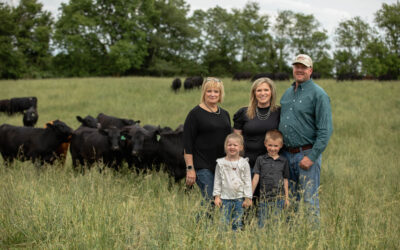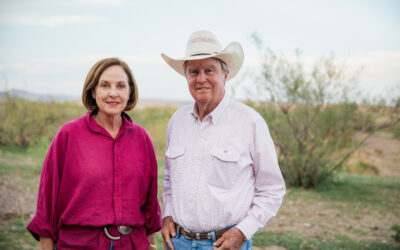
NEAR THE PINNACLE OF BEEF QUALITY
Angus Value Discovery Contest winners named.
by Nicole Lane Erceg and Laura Conaway
It takes a powerful start and decades of focus to get harvest groups that regularly qualify 100% for the Certified Angus Beef ® (CAB®) brand. What about 97.7% at CAB Prime brand and that one steer “only” hitting the traditional premium Choice CAB mark?
Not too good to be true, that’s just the mark of a Champion. To be precise, it’s the Champion pen of 40 enrolled in the 2018 Angus Value Discovery Contest (AVDC), produced by Jack and Bill Boyer, Boyer Brothers Angus, Perryville, Mo.
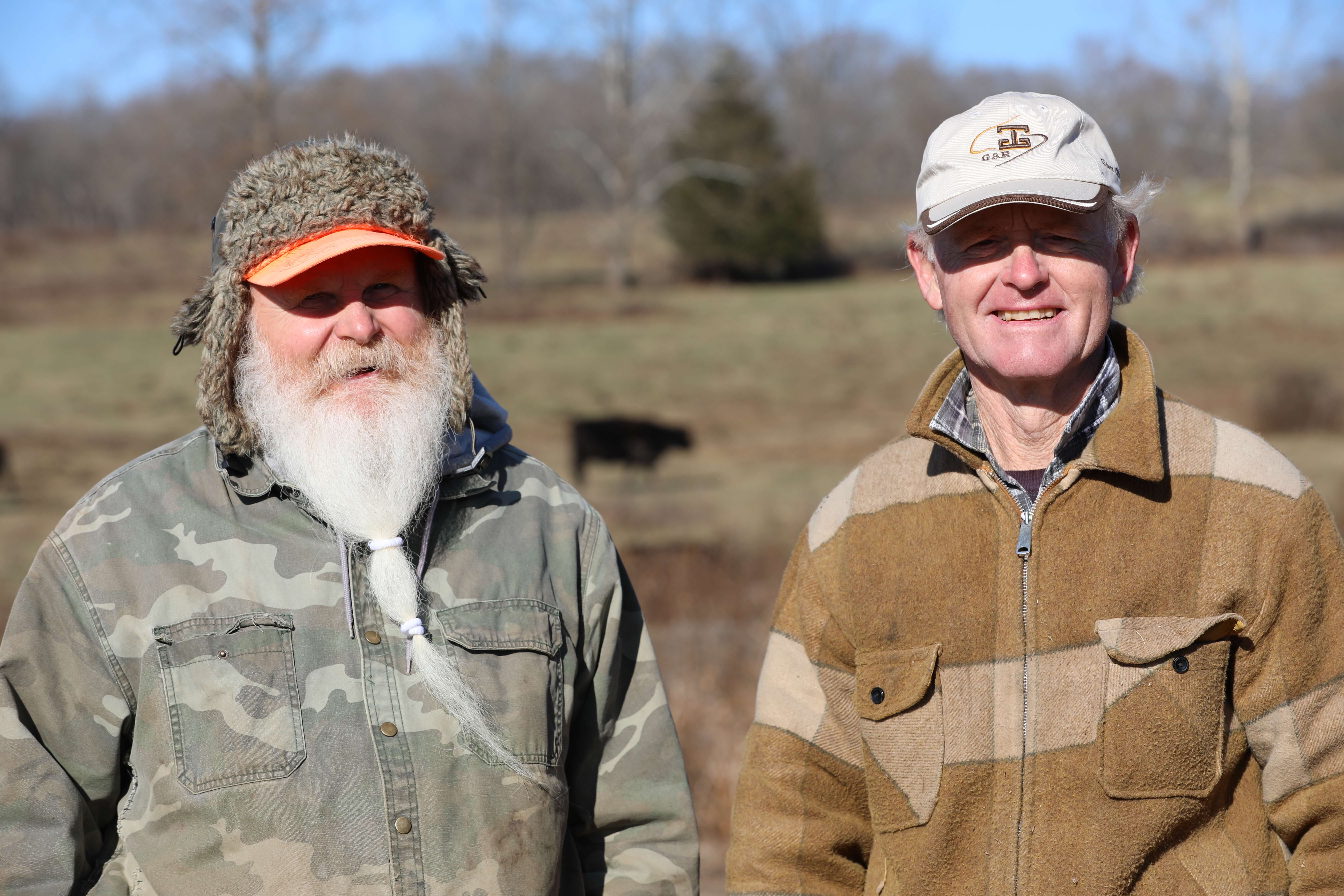
To the northwest 400 miles or more, another set of brothers gave the Boyers a run for their money.
Aaron and Darin Georg run a purebred commercial Angus herd of 500 near Sabetha, Kan. Raising cattle with the end in mind has been their focus since the early 1990s, and it lifted them to the Reserve Champion level in the 2018 AVDC.
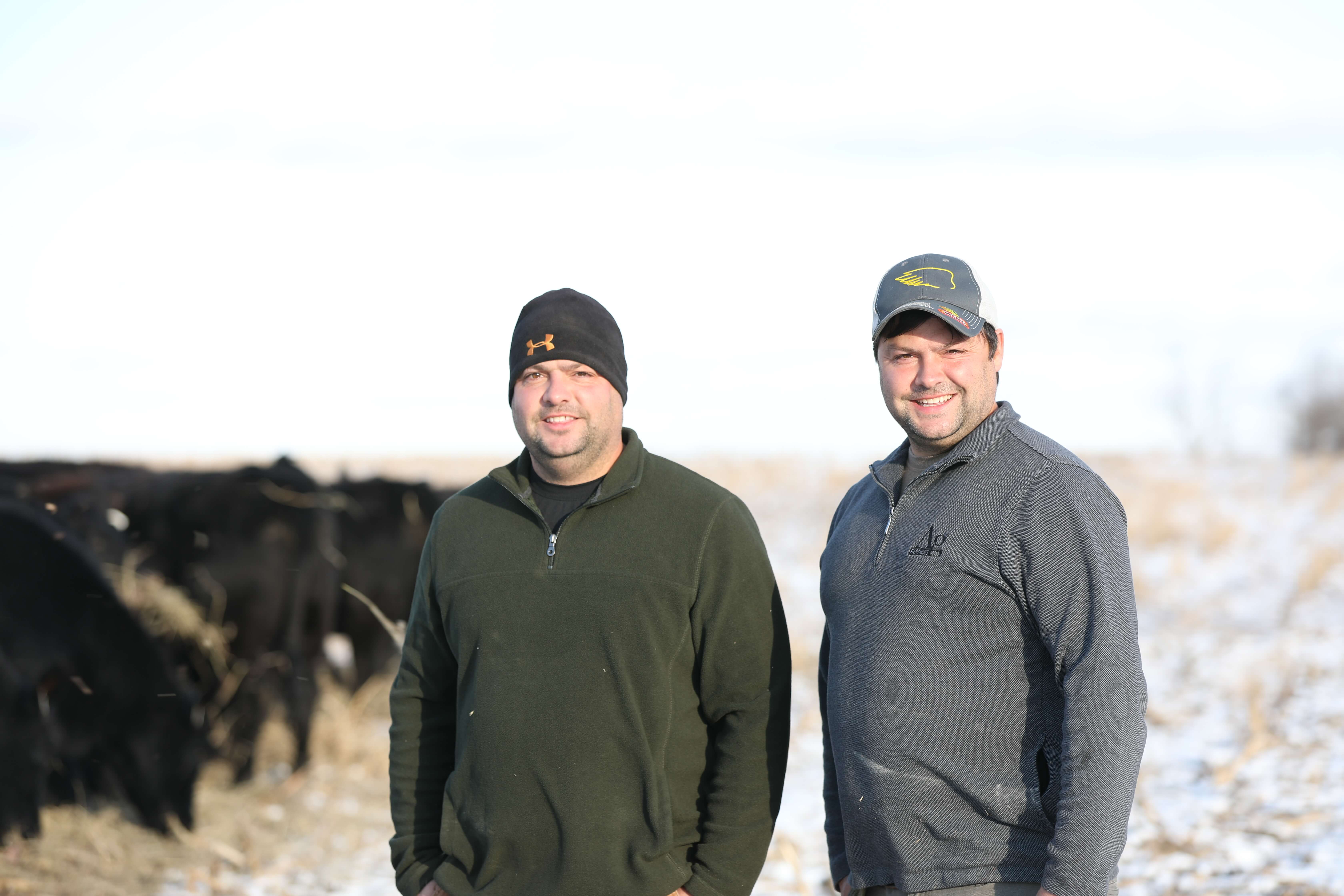
The Georgs have been finishing their own cattle on the farm for more than 20 years.
“We select for carcass merit because that’s where the value is,” Aaron says.
Their reserve champion pen achieved 97.6% CAB (all but one), including 61.9% CAB brand Prime. What made their pen a close second was the fact that only one of the 42 head earned a YG 4 discount, with no YG 5s.
“A Choice, YG 3 carcass is par for the course,” Darin says. “We’ve got to consistently do better than that.”
Carcass data is a key indicator of performance for their herd. They regularly see loads grade 30% Prime or better as they target improved growth and efficiency. They watch the numbers closely and work to see ever fewer YG 4s with continued increases in Prime on their closeouts.
“If you have cattle that can perform, we believe it’s in our best interest to retain them and capture the value,” Darin says.
For those interested in retained ownership, the brothers say stay the course and cull deep. It’s an end goal their family has been targeting for decades and are justifiably proud of the progress so far.
Their seedstock supplier is Keith Taliaferro’s T Bar T Angus Ranch at nearby Effingham, Kan.
The first year of the AVDC drew 27 nominations by nine suppliers on 1,914 finished cattle from across the country. Its second year managed only 929 head in 13 entries, although overall quality was greater.
Contest winners earned trips to the National Angus Convention, in Columbus, Ohio, Nov. 4-7, 2018, where they received the awards. The Boyer’s Grand Champion pen merited $2,000 in credit toward their next bull purchase with Gardiner Angus Ranch, while the Georgs earned a $1000 credit to spend with T Bar T Angus Ranch.
There are no plans to continue the AVDC, but all Angus producers are encouraged to take stock of the quality in their herds, to monitor, measure and improve carcass merit for greater profit and growing consumer demand for beef.
“As CAB acceptance rates continue to climb, we know producers have to remain focused just to stay above average,” says production brand manager Kara Lee. “The Angus Value Discover Contest has been a great opportunity to showcase those who have done that in a very big way, with the payoff to show for it.”
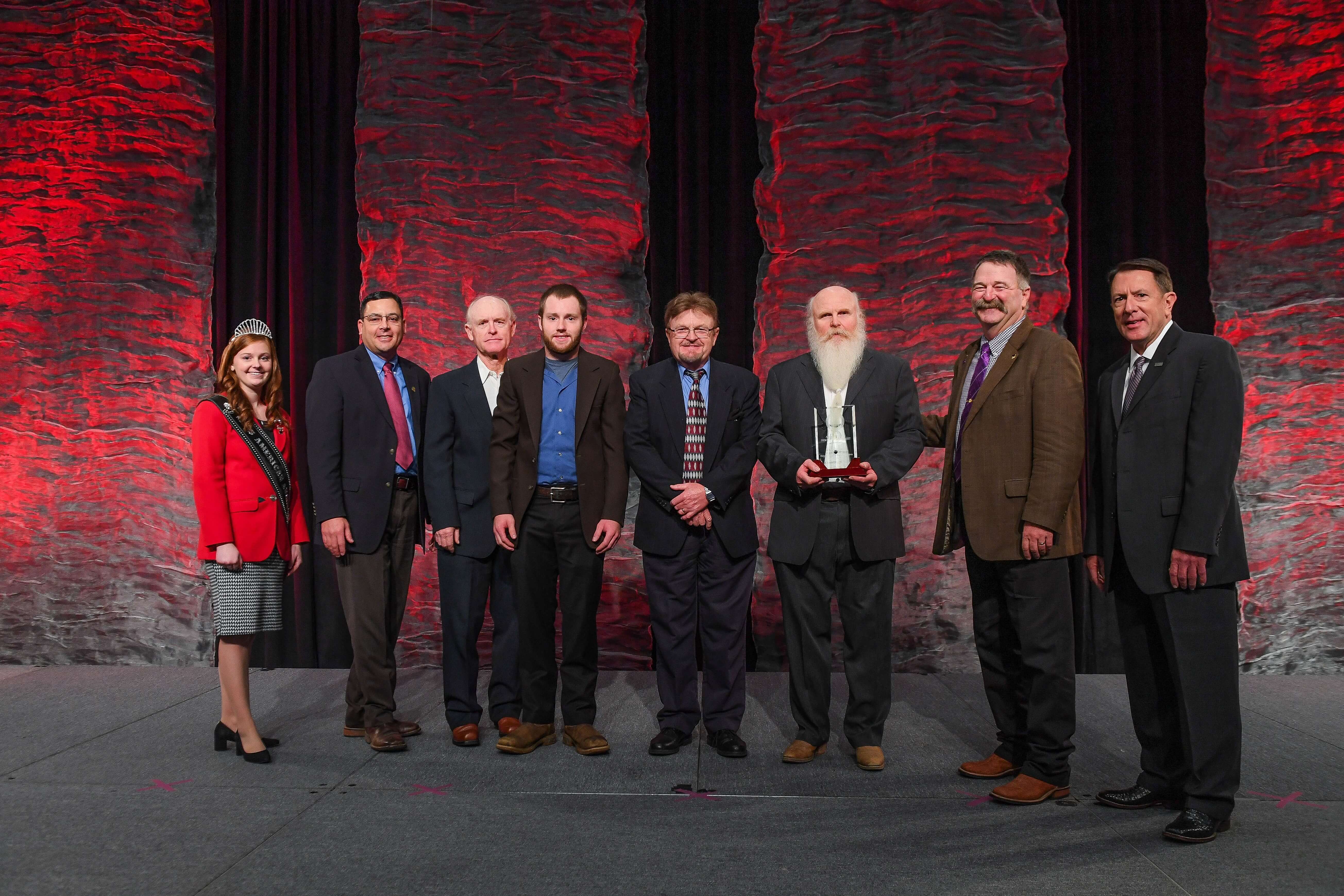
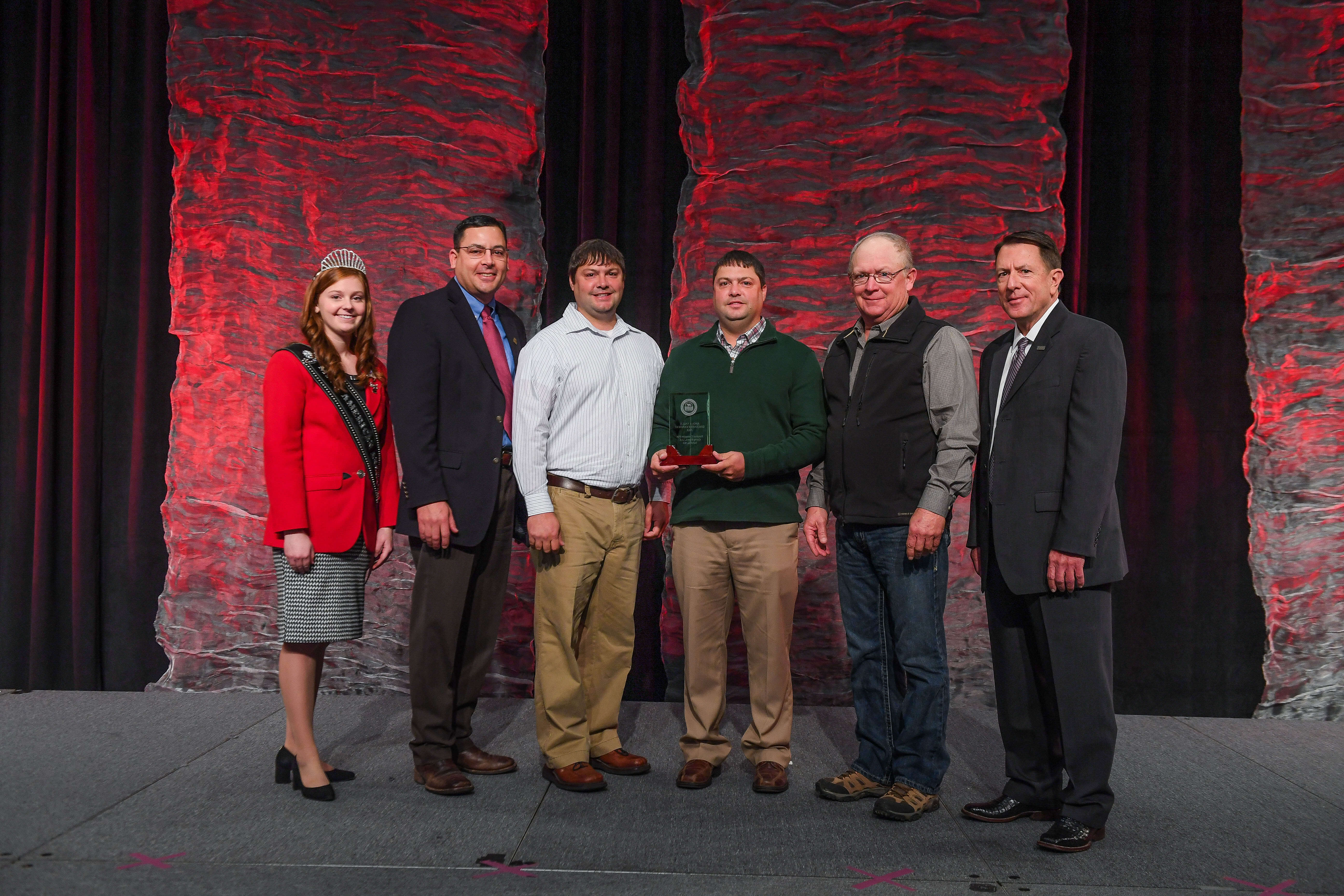
you may also like
Healthier Soils and Stronger Herds
Effective land stewardship requires an understanding of how each decision affects forage growth, cattle performance and long-term stocking rates. When land is the foundation of the business, producers are more likely to invest time and resources into managing it intentionally.
An Ambassador for All
Joanie, with daughter Lindsey and her husband, Adam Hall, raise registered Angus cattle with two primary goals: producing high-quality seedstock that perform well in a wide variety of environments and ensuring end-user satisfaction. Those goals tie everything together, from promoting Angus to other producers to sharing their story with CAB partners and beef consumers.
An Unforgiving Land
What makes a ranch sustainable? To Jon, it’s simple: the same family, ranching on the same land, for the last 140 years. The Means family never could have done that without sustainability. Responsible usage of water, caring for the land and its wildlife, and destocking their herd while the land recovers from drought.


